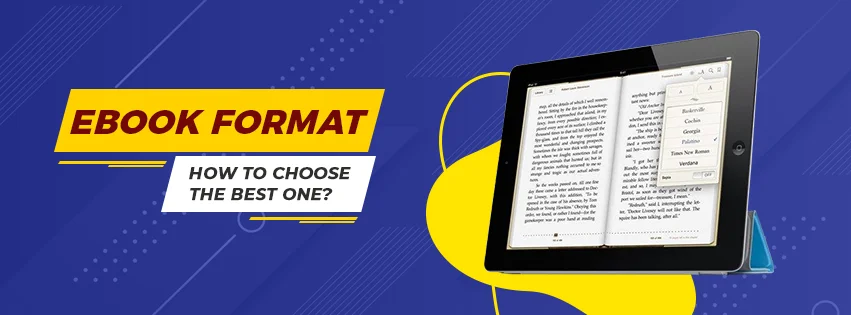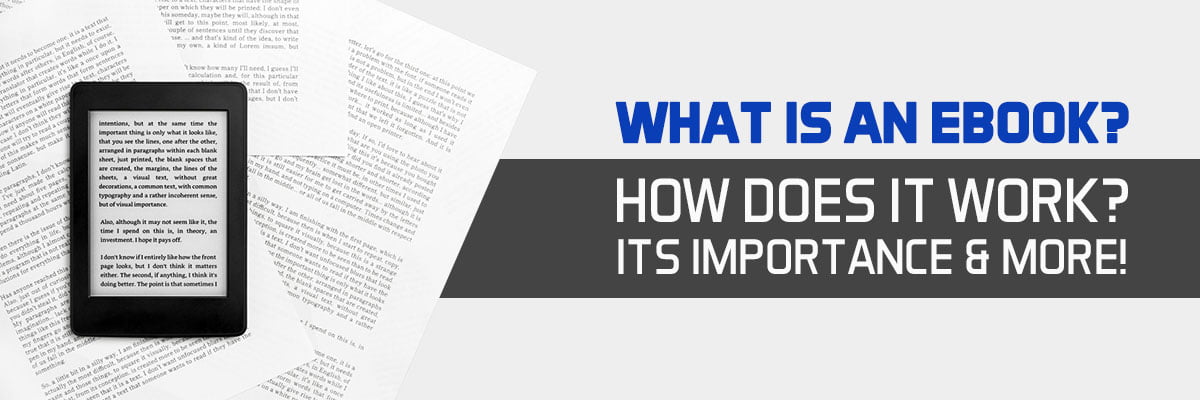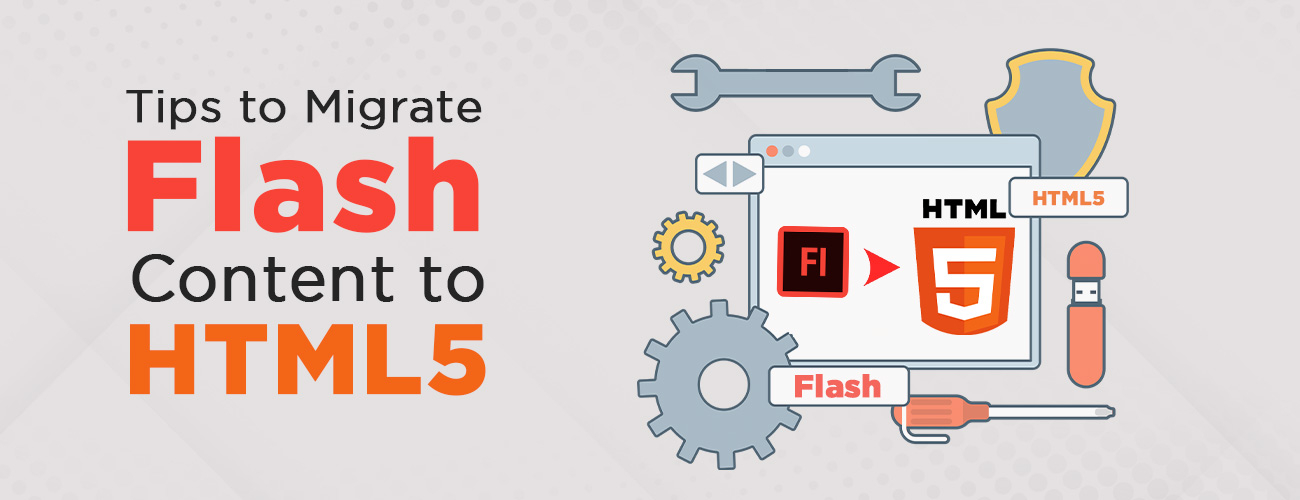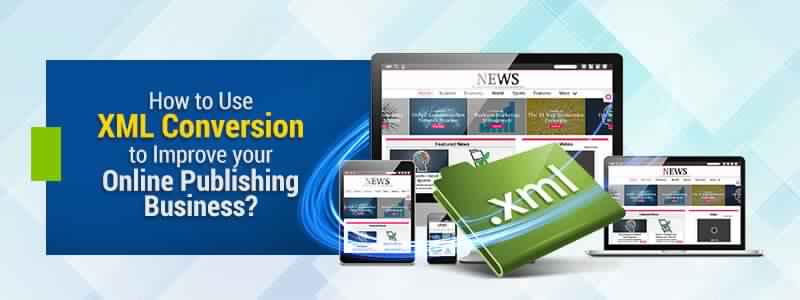Selecting the appropriate eBook format for your needs may seem a bit daunting. But, with the right guidance, the selection process can be easy and hassle-free. This article is all about teaching you the different ways in which you can find the best eBook format for your needs.
Today, eBooks are widely used by readers due to their low cost and portability. Many self-author and publishers are already implementing the best methods to make their eBooks seem more professional. And, with this article, you are also going to learn it the right way.

Top 5 eBook File Formats: Which Is Right for You?
There are numerous eBook formats to mention. However, we are going to discuss the only ones that are most popular.
Now, let’s take a look at the 5 common eBook formats.
-
ePUB [.epub]
What is an ePUB file format?
ePUB is a standard eBook file format developed by the Digital Publishing Forum. It is an open-standard file that is vector-independent and free to use. It can support images, videos, SVG graphics, as well as, interactive elements.
Pros:
- Almost all operating systems and mainstream e-readers support ePUB.
- ePUB books are easy to wrap in any DRM system.
- It can be read on different devices like ePUB file readers, tablets, smartphones, and computers.
- All files are DRM protected.
Cons:
- None of the Amazon Kindle devices can read the file, except the Kindle Fire tablet.
- They are usually available in ibookstore and not the Kindle store.
-
MOBI [.mobi]
What is a MOBI file format?
The MOBI or Mobipocket eBook file was developed by Amazon. It was launched during the same time as Kindle but was soon shut down. It was then replaced by the AZW file. However, .mobi files are still used for eBooks and may continue to live on for a longer time.
Pros:
- The MOBI format has DRM protection.
- All major eReaders support the format except Barnes and Noble Nook.
Cons:
- .mobi files doesn’t support video or sound.
- It isn’t open-standard.
-
PDF [.pdf]
What is a PDF file format?
Even though the file was originally developed for printing, it has now become a common way of distributing e-books. However, it isn’t a better option for digital books since it doesn’t support reflowing. Everything, starting from the font size to layout, will remain fixed.
Pros:
- It is an open-standard file format.
- It is easy to use.
- It can maintain high-end formats and designs.
Cons:
- It does not support reflowing of e-books.
- It is not supported by digital book readers.
-
AZW [.azw] and AZW3 [.azw3]
What are AZW and AZW3 file formats?
These are proprietary eBook file formats of Amazon. The files were specifically developed by Amazon for its Kindle eReaders and as a replacement of the MOBI files. As compared to AZW, AZW3 is more advanced and supports more fonts, styles, and layouts.
Pros:
- Both Kindle file formats support video and sound.
- All Amazon Kindle devices can read the files except Kobo and Nook e-readers.
- Kindle eBooks are also readable on iOS and Android operating systems and eBook management apps like Alfa and Calibre.
- It can store complicated information like highlights, bookmarks, and annotations.
- It supports advanced styles, fonts, and layouts.
Cons:
- The Kindle book format is not supported in all eReaders.
- It can be only read on Kindle devices.
-
TXT [.txt]
What is a TXT file format?
It is a simple file format that only supports text. That’s why the file is best suitable for text-heavy eBooks. Besides, historically, the first digital books were stored in plain text file. It supports basic font and style options.
Pros:
- It supports reflowing of content.
- It can be used on almost every platform.
Cons:
- It doesn’t support images, graphs, or interactivity.
- It neither has formatting options nor DRM (Digital Rights Management) protection.
How to Choose the Best eBook Format? [4 Easy Steps]
Selecting the format is the final step before publishing your eBooks. Now that you‘ve gone through the basic features as well as pros and cons of the different formats, you may have got a bit of idea of which one to choose.
However, if you didn’t get it yet, no problem! The below steps will help you get there. Besides, whether you’ve decided on the book format or not, these steps are essential in making your digital book publishing successful.
-
Determine who your target audience is.
The first step is to determine who will be reading your digital books. If you have a problem finding your target audience, here’s one trick. Find out your book’s genre and check the target audience of the book that has a similar genre to yours.
When you know your target audience, also determine what age group they are in, what they do for a living, where they live, the problem they are struggling with, and so on.
-
Decide the various platforms you’ll be distributing your eBooks.
Usually, people prefer selling their digital books on their websites through major online retailers. If you want to have a wider reach, choose platforms like Amazon. The same goes for self-publishing eBooks.
However, if your eBook is marketing collateral, then linking it directly to your website will be more beneficial.
-
Choose the format according to your distribution platform.
The next step is choosing the appropriate file formats for your distribution platform. If you wish to distribute your eBooks to the Amazon Kindle store, choose MOBI, AZW3, or AZW file.
Similarly, if you are choosing online retailers like Kobo, Apple, or Nook, you can choose a reflowable or fixed layout ePUB format.
People who wish to distribute the digital books on their site can go with a fixed layout ePUB conversion, reflowable ePUB, PDF, or MOBI file type conversions.
-
Know what your eBook contents are.
Design-heavy books having a lot of graphics and interactive elements can choose fixed-layout ePUB and PDF format. However, if your eBook only has text and minimum to no visuals, then you can go for PDF and TXT files.
If you are looking for ebook conversion and ebook formatting versatile file type that is compatible with all devices, then you can choose ePUB. But, remember that the ePUB files won’t work with Kindle. In that case, you can convert ePUB to MOBI or ePUB to Kindle format like AZW or AZW3.
That’s all you need to know about the popular eBook formats and how to choose the best one for your needs. Take your time and go through every piece of information given here to make your book a success.
The task may be a bit overwhelming but the results will be awesome. Also, in this competitive environment, the more effort you put into this phase, the more success you are likely to achieve.



